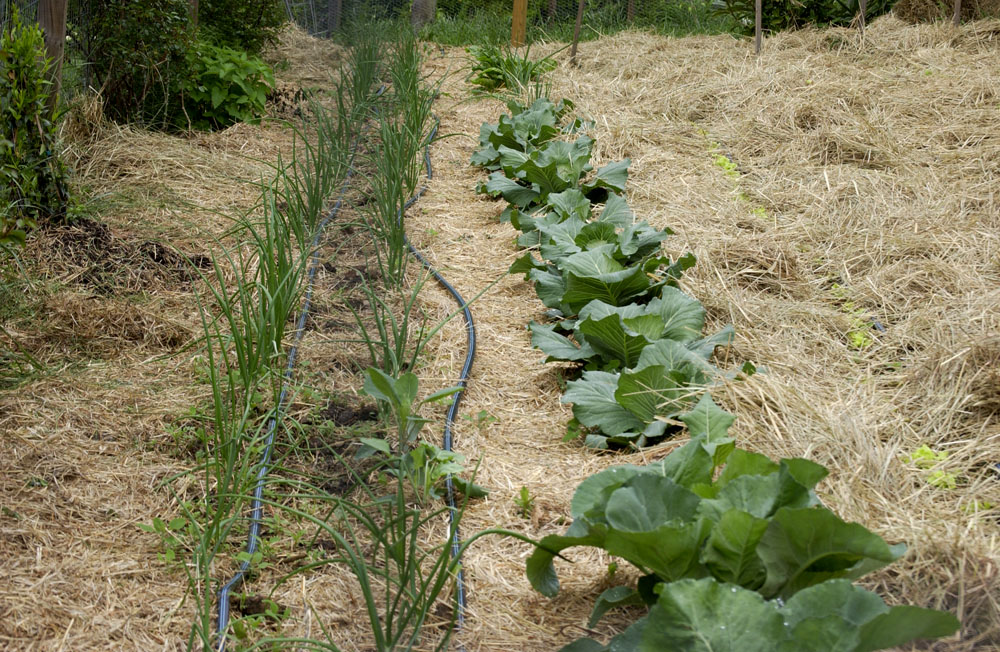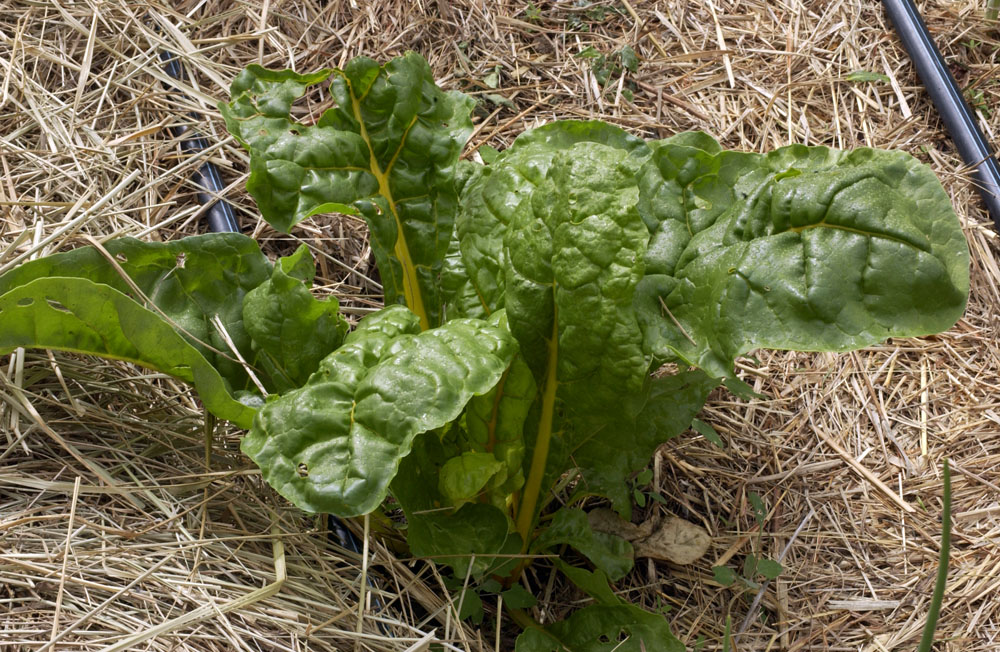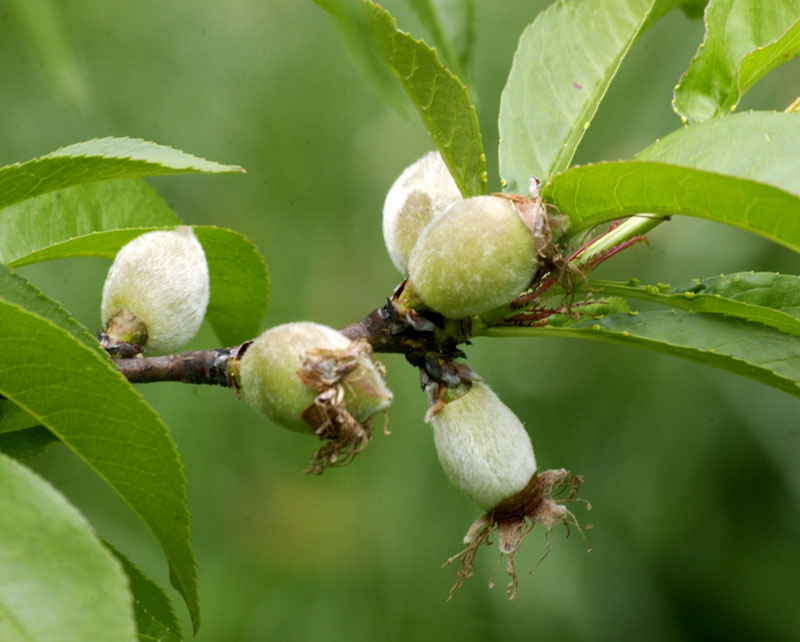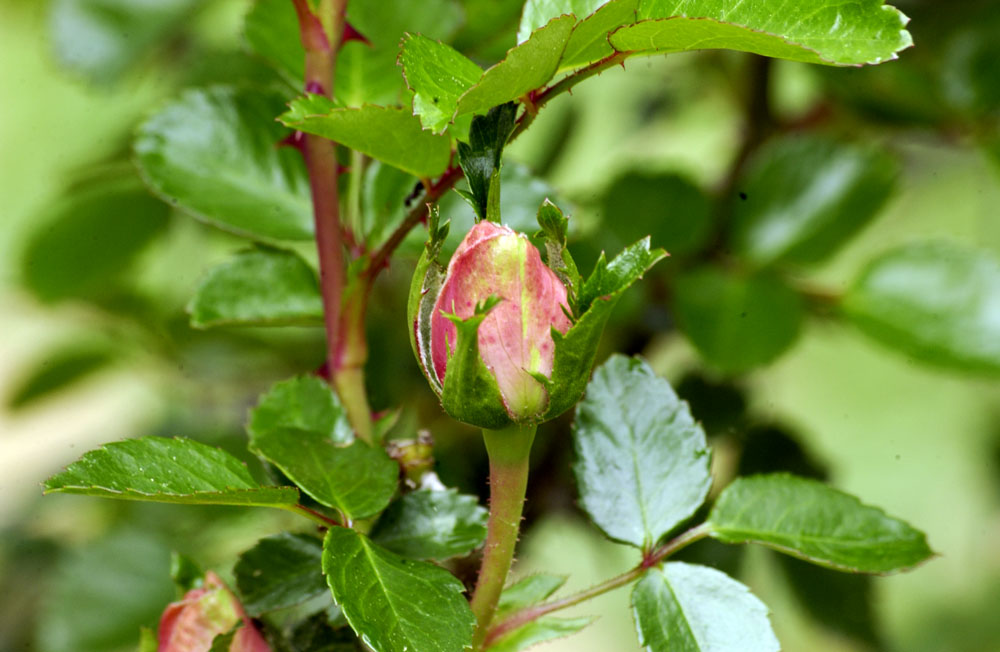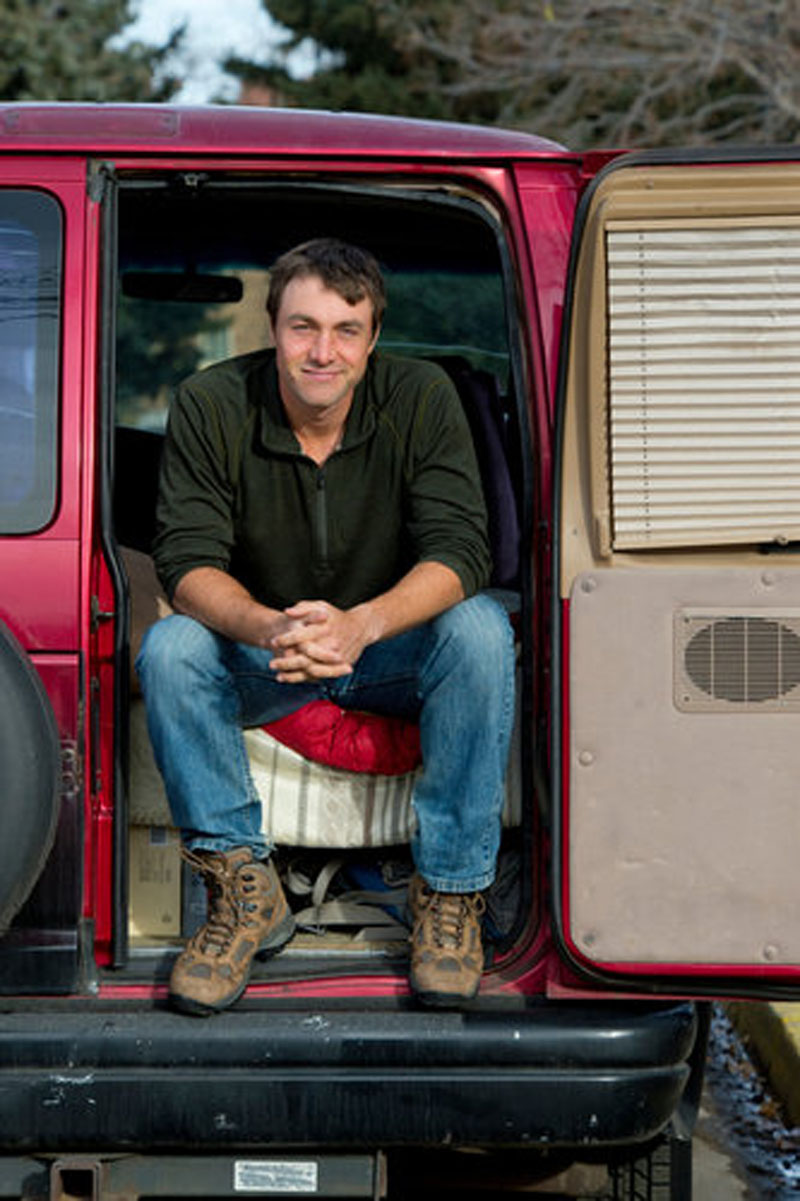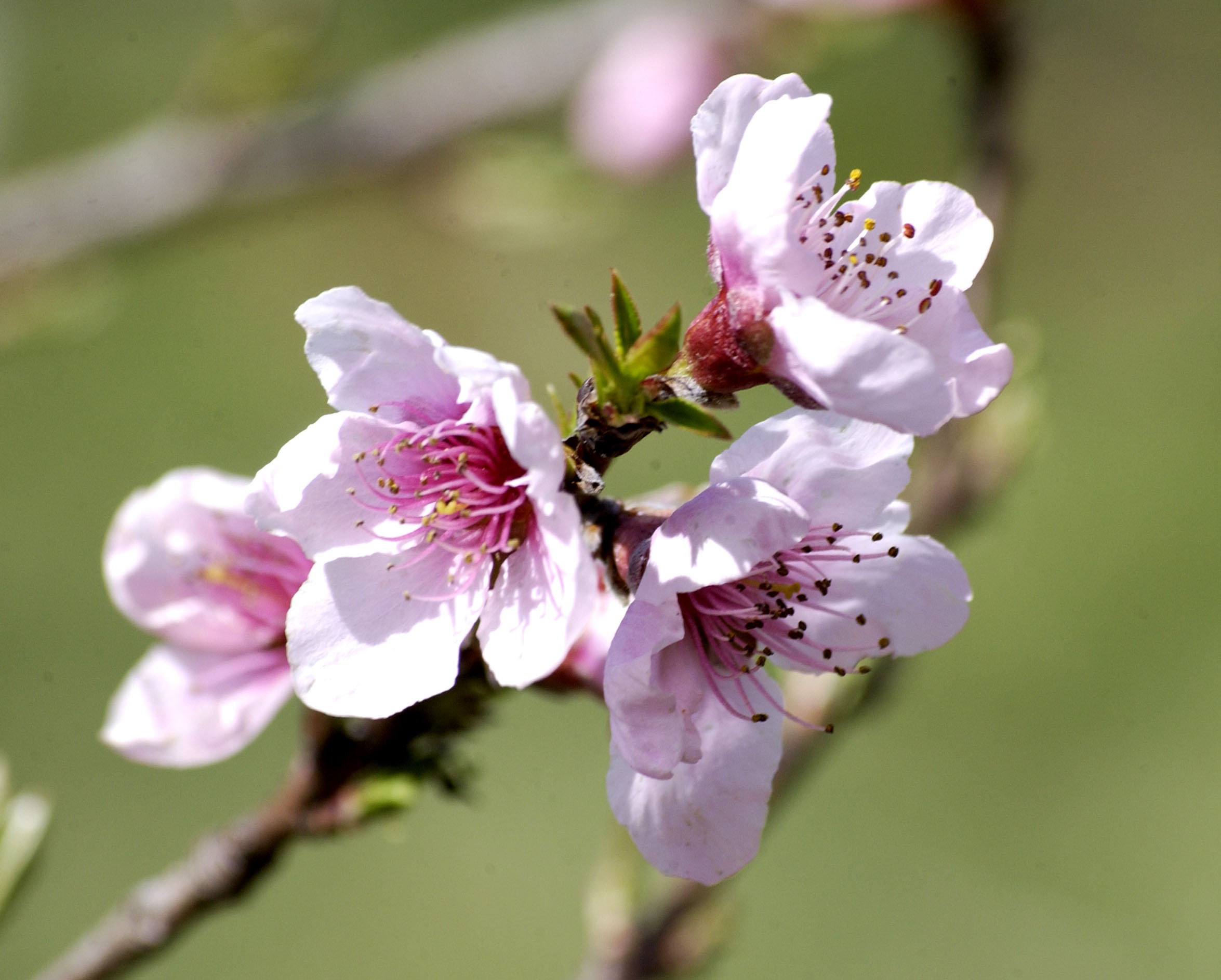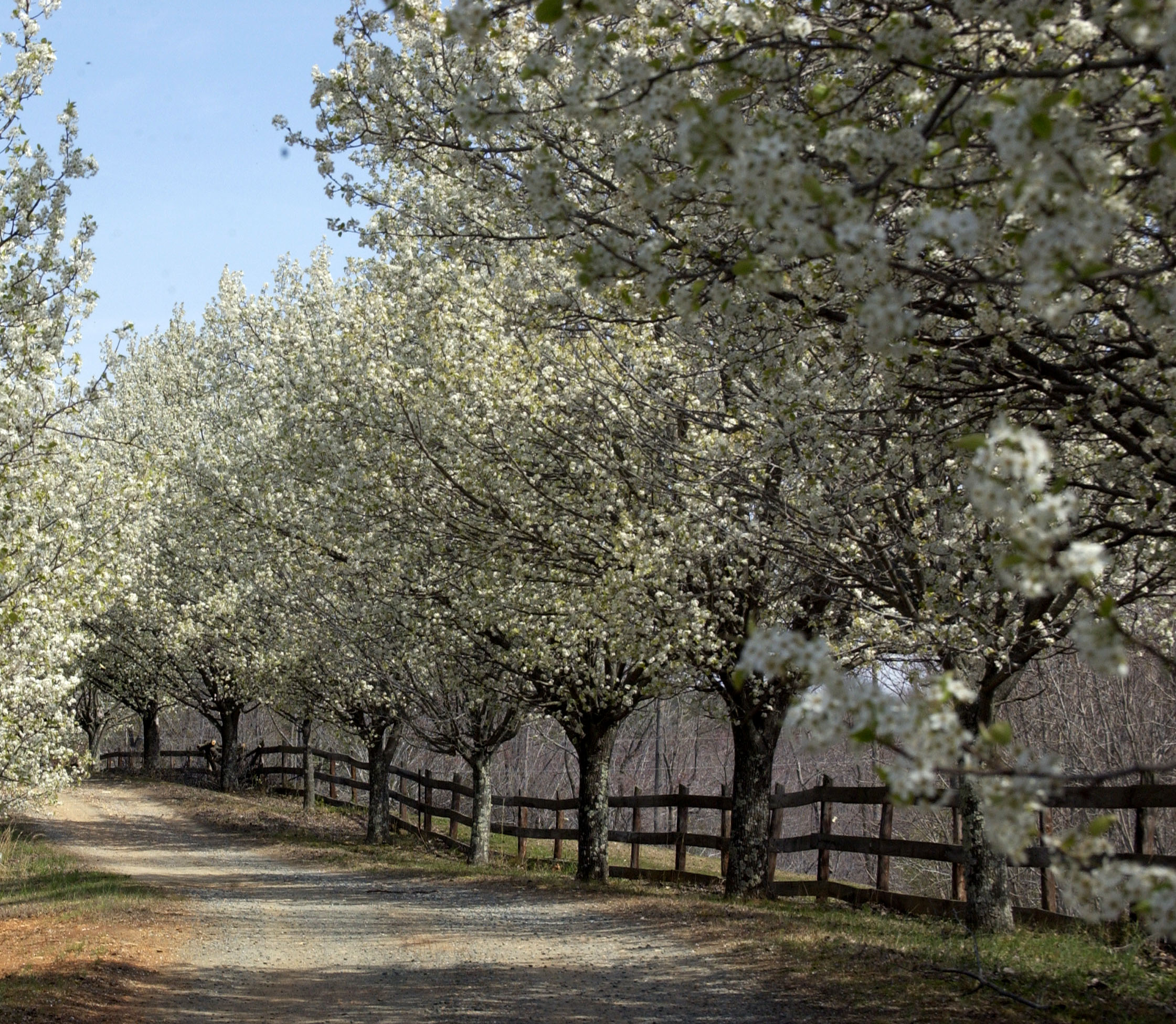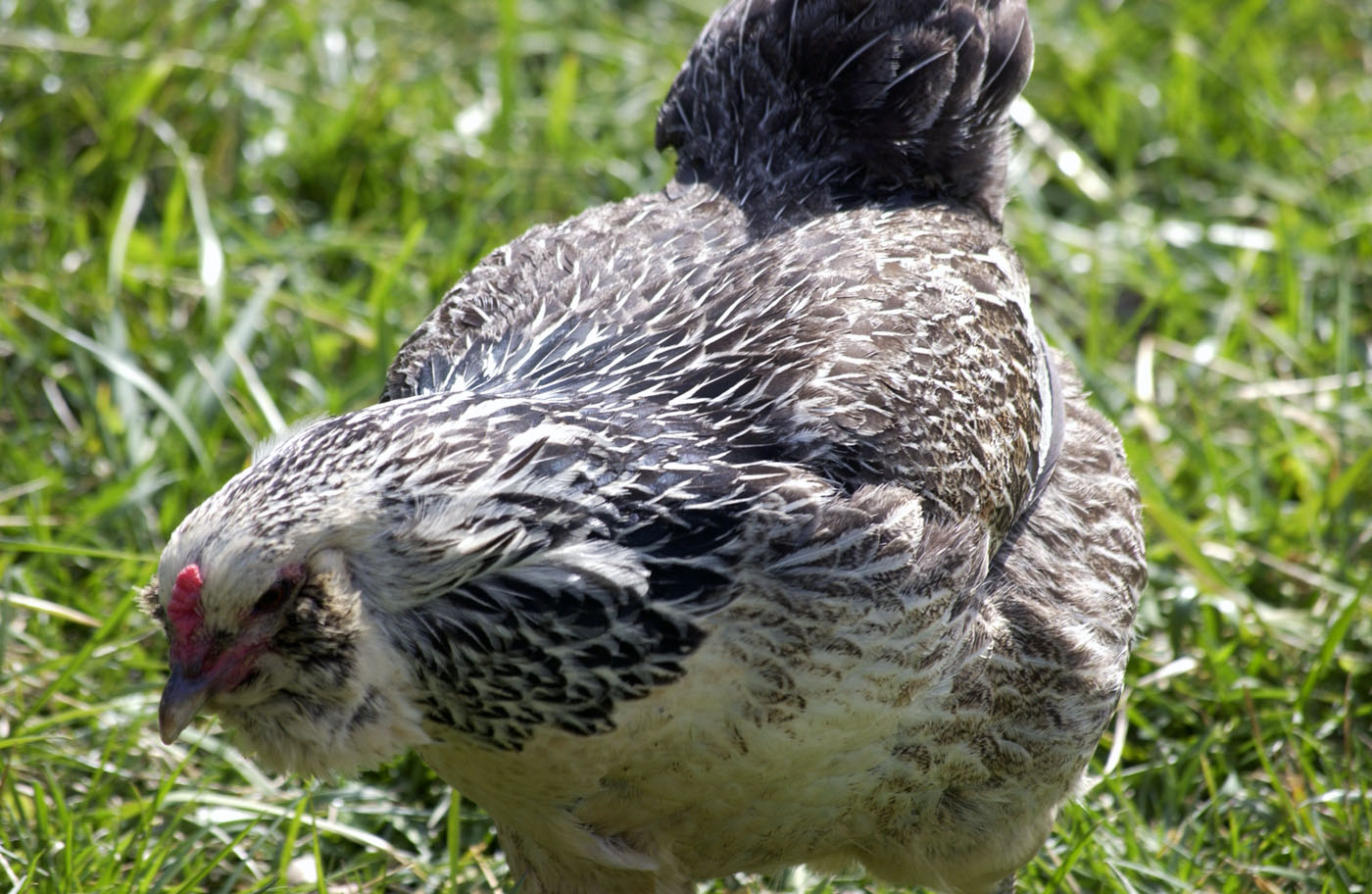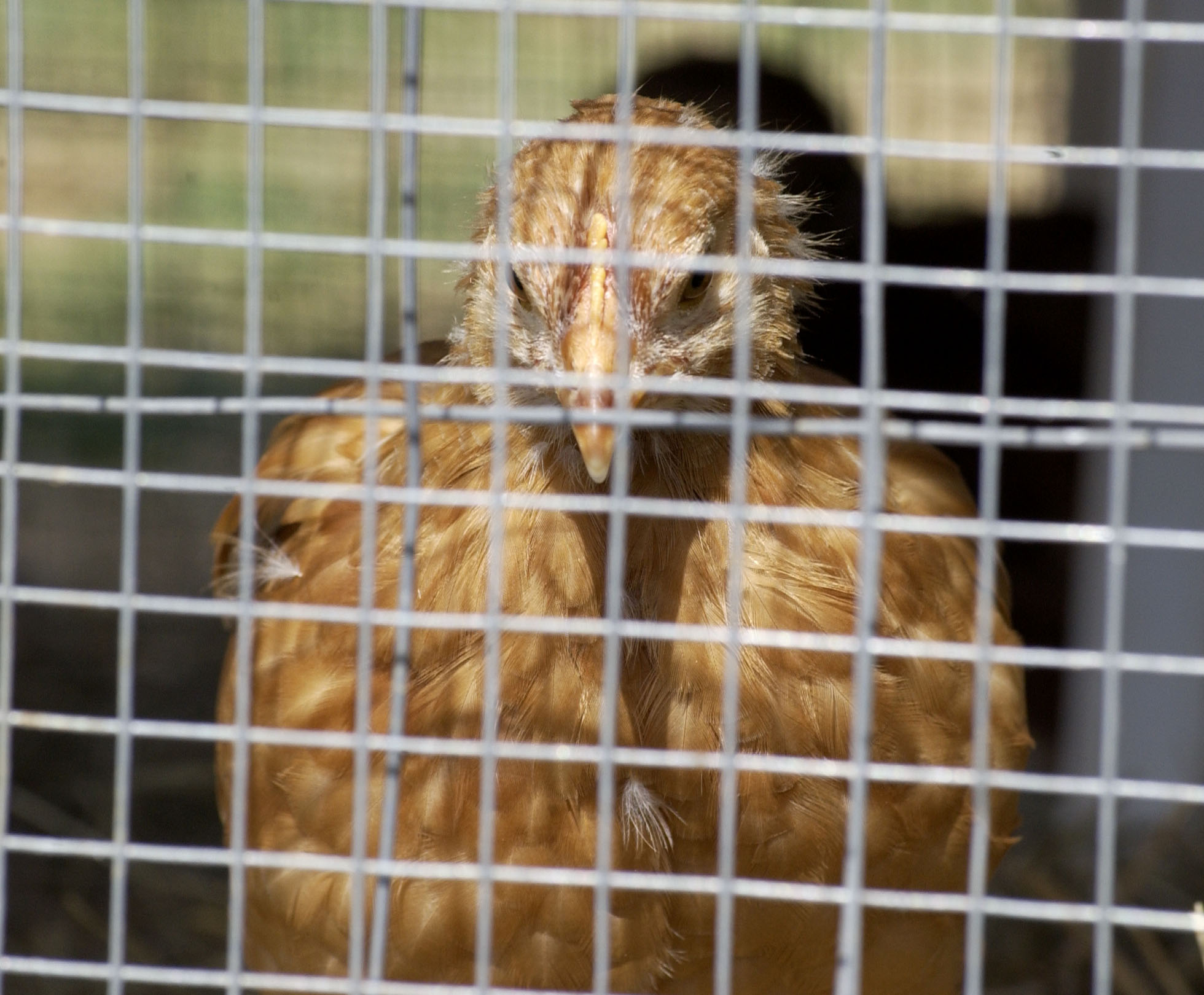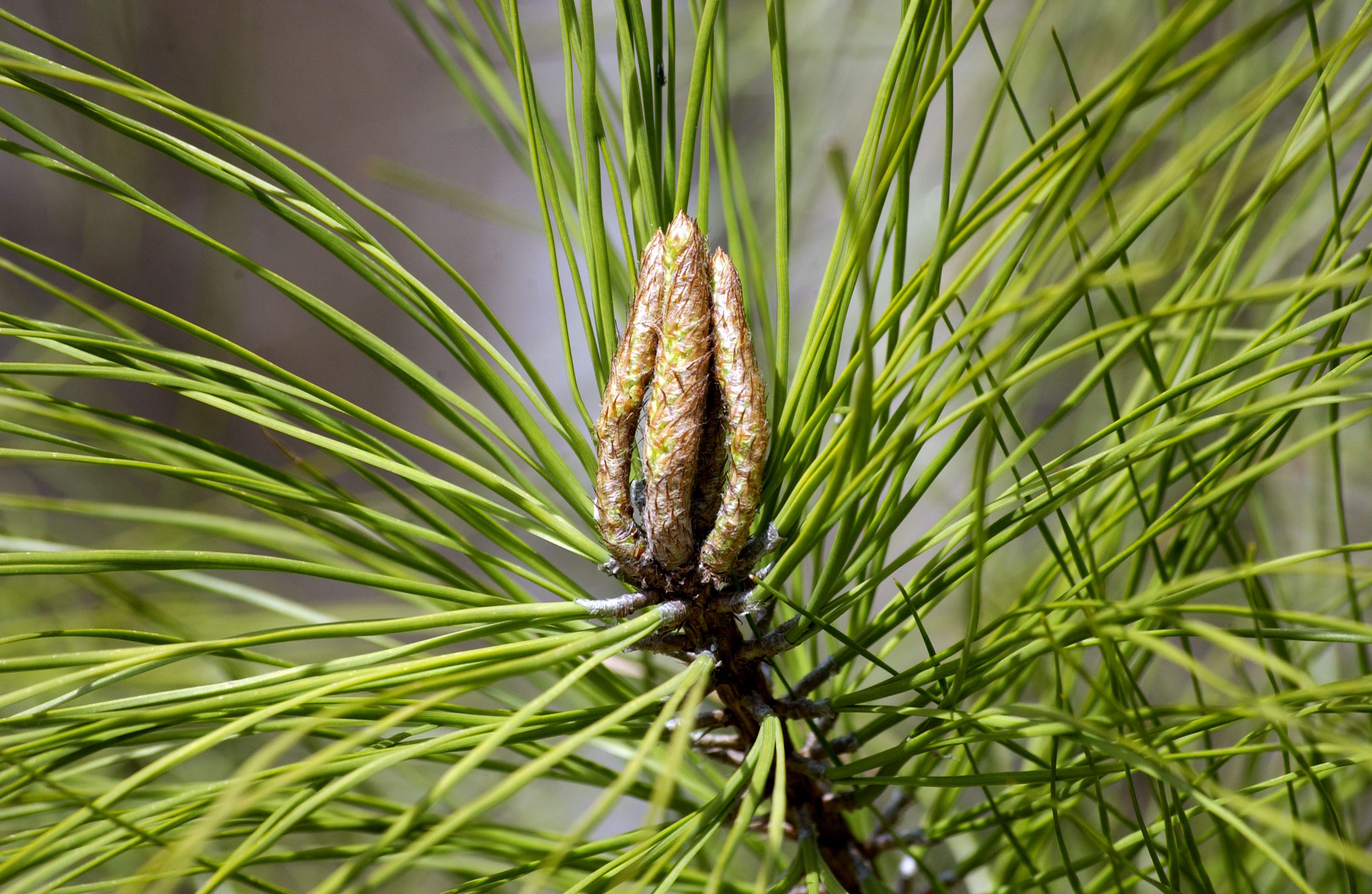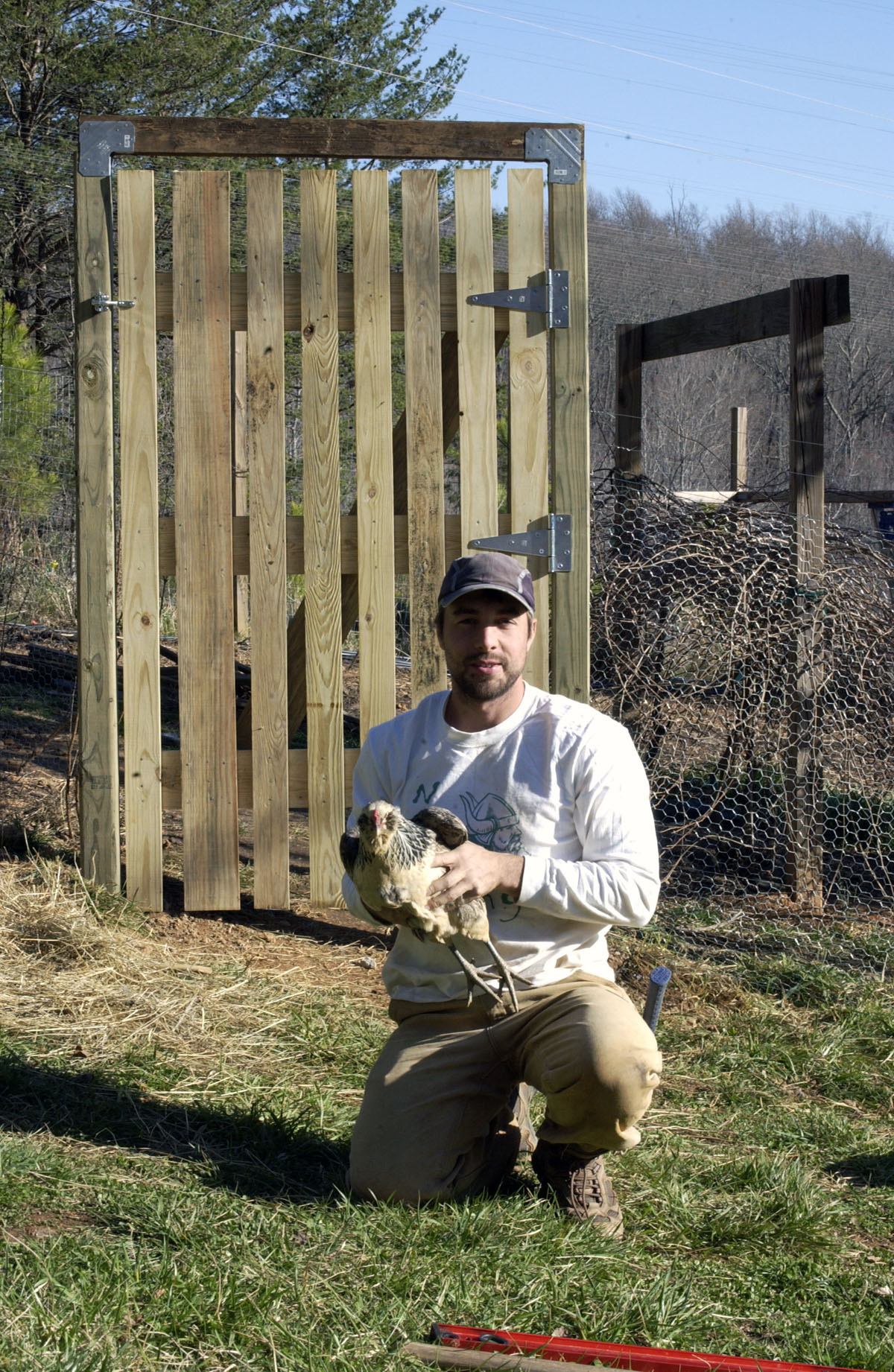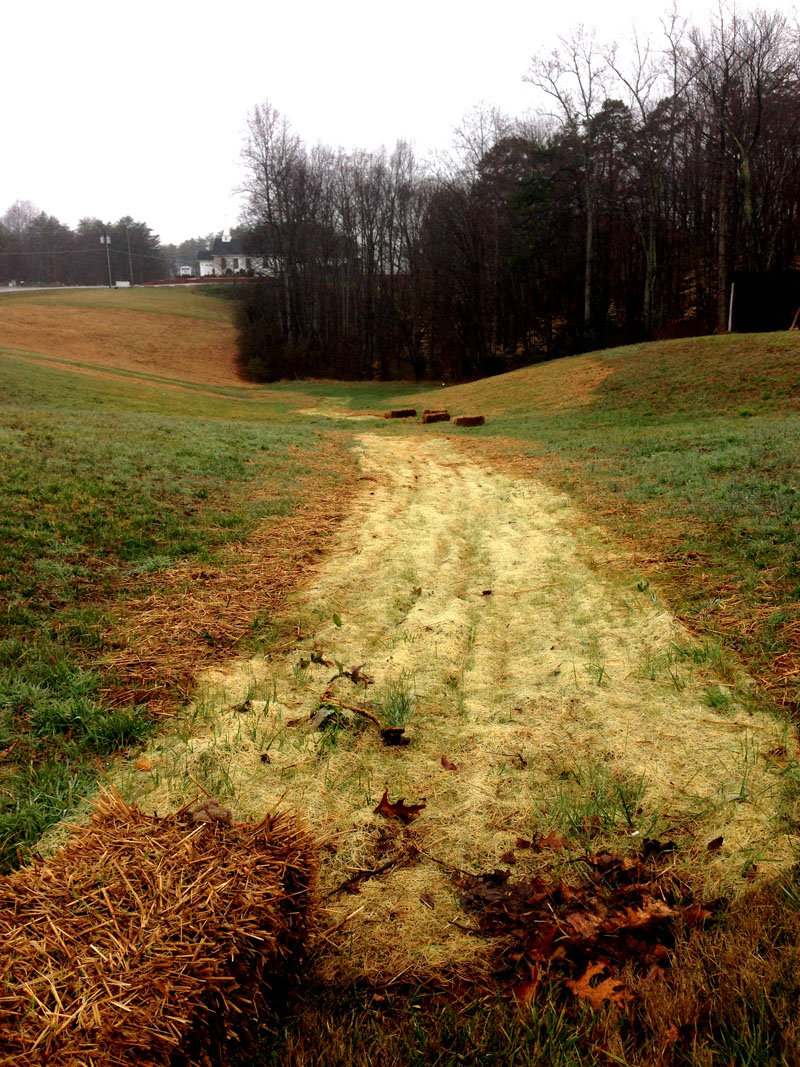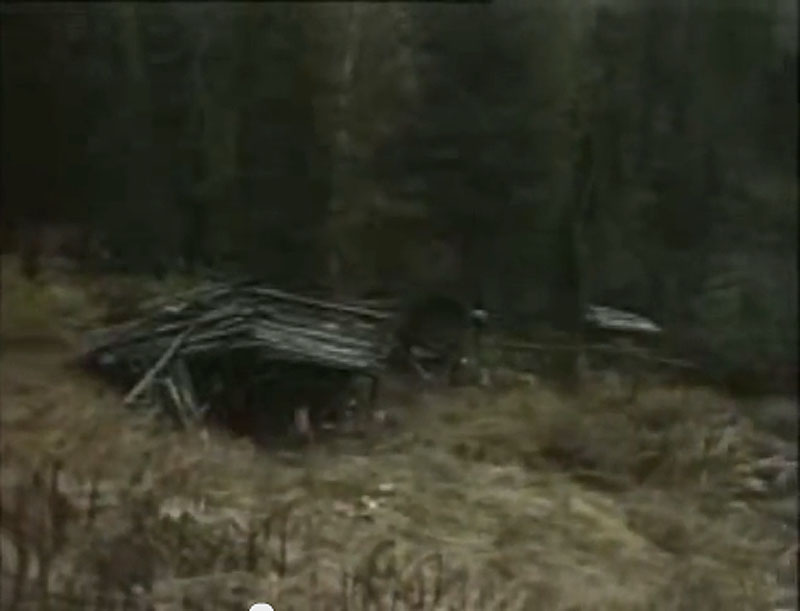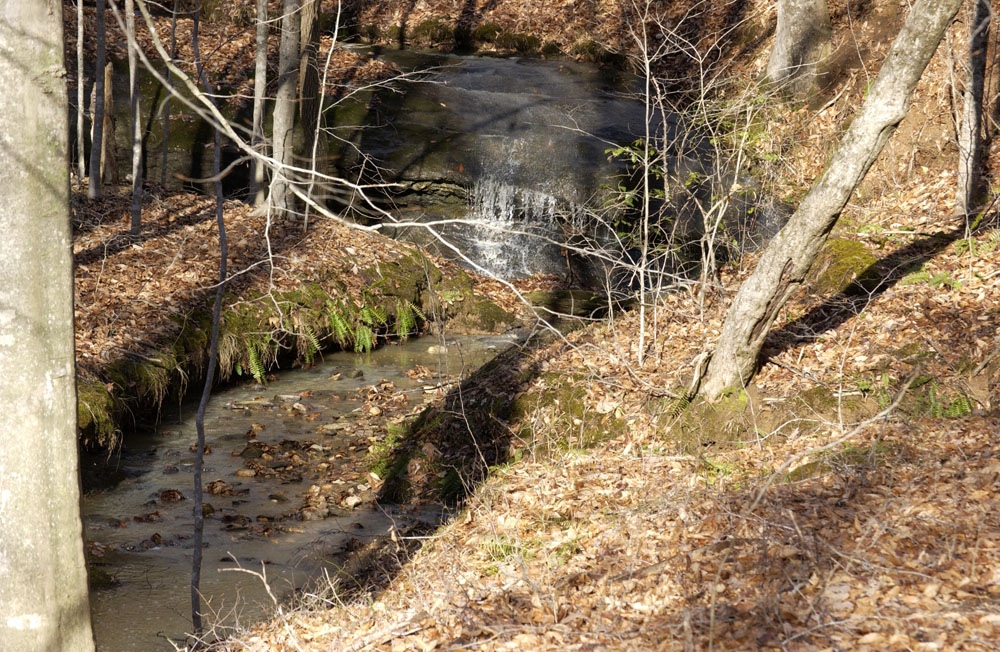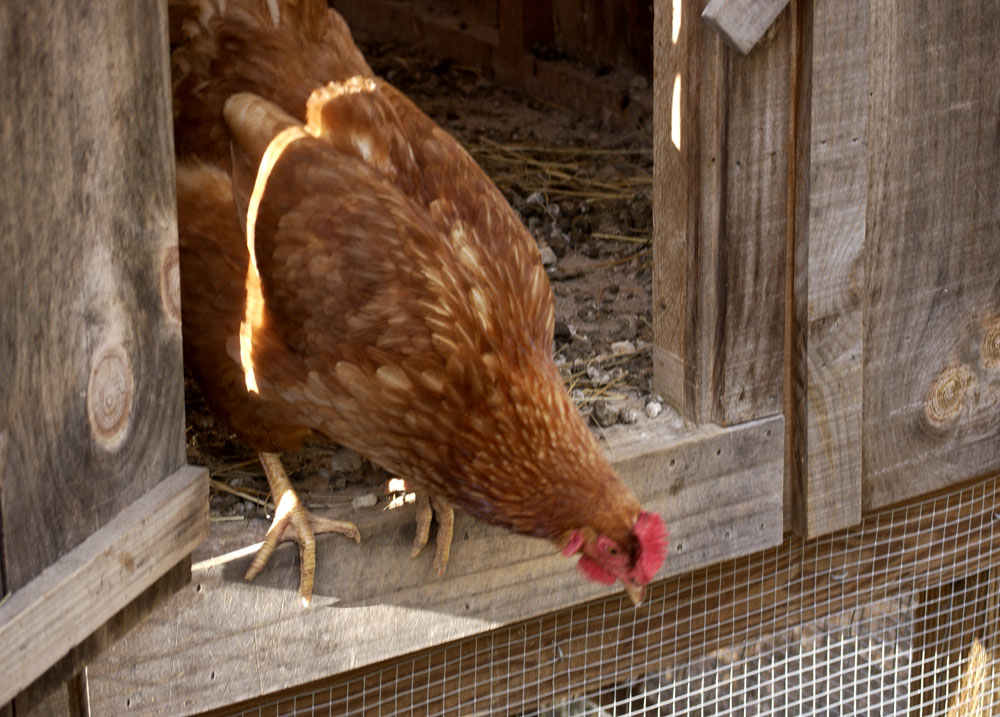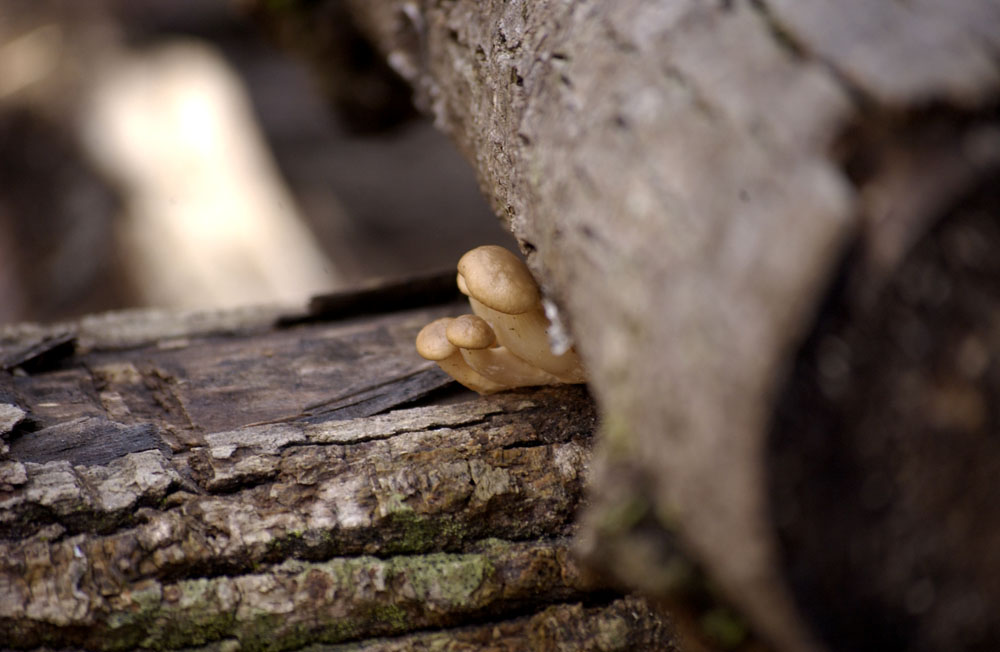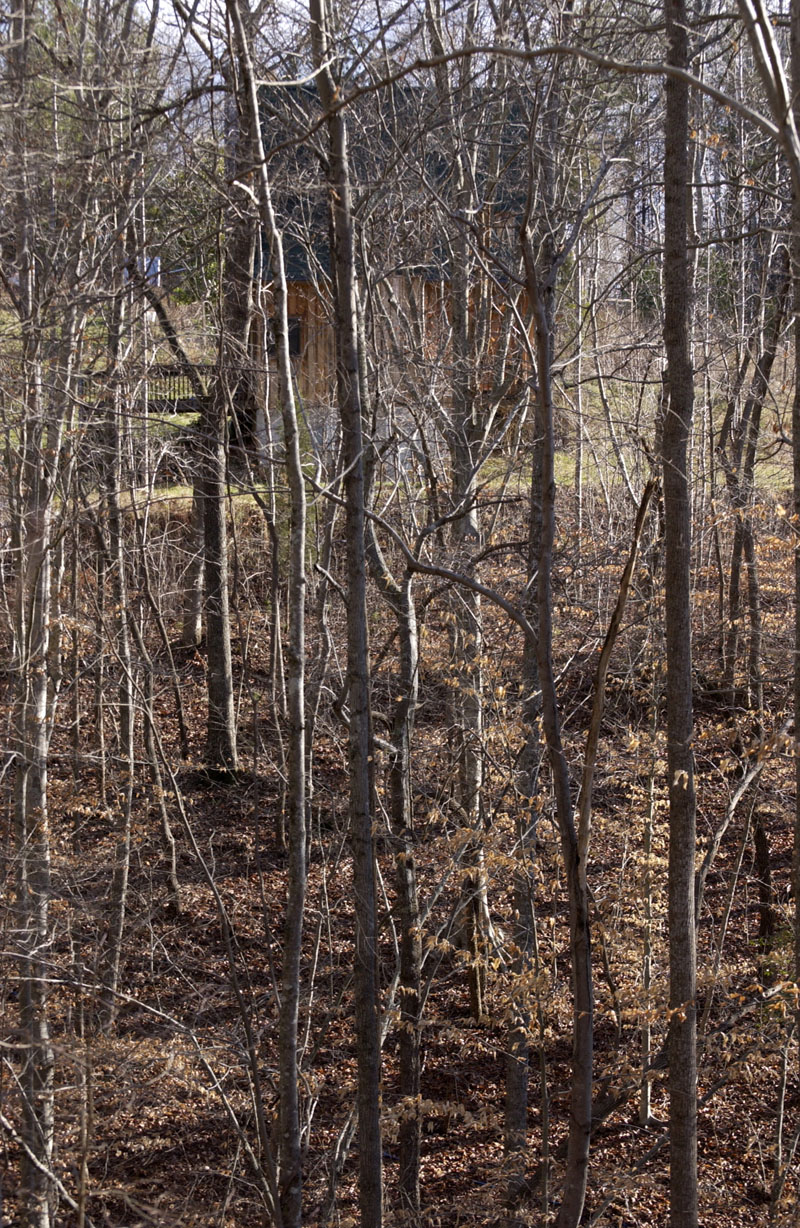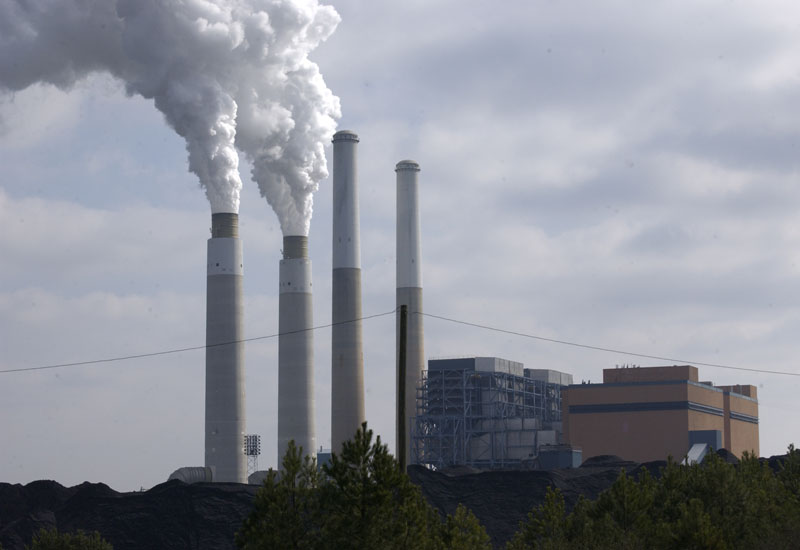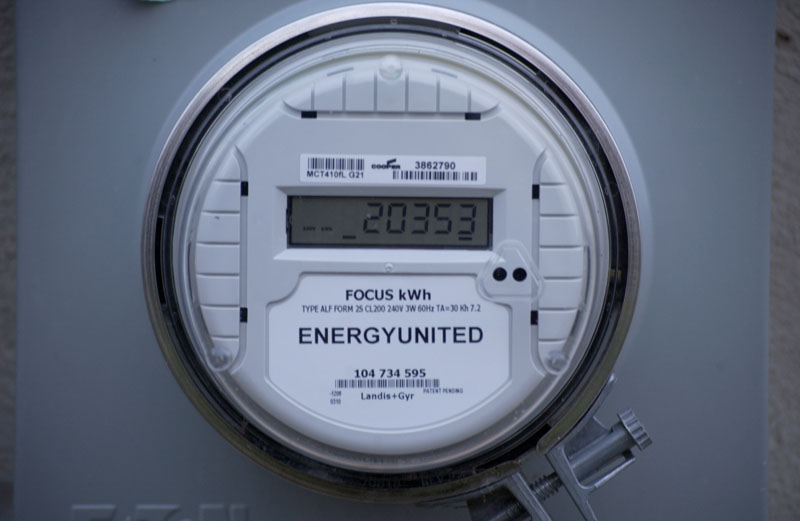March and April were cold. Spring is about three weeks late this year. Not only that, but the long-range forecast shows below-average temperatures through mid-May, with above-average rainfall. This will do no harm to the spring crops. Cabbage, lettuce, onions, etc., love cool, wet weather. I’m a bit concerned, though, that these early crops will mature so late that we’ll be behind getting the summer crops started — tomatoes, squash, etc. We’ll do everything we can to rush the spring crops to maturity. The irrigation system is in place, though it has been very little needed so far.
This year, we’re mulching heavily, hoping that it will conserve moisture and keep down the weeds. Back in 2011, I recommended a book: Gardening When It Counts: Growing Food in Hard Times, by Steve Solomon. In retrospect, though this book contains lots of good information on water frugality, it steered me wrong in some ways. The author is of the opinion that, if you live in an area with enough rainfall to support deciduous forests, then you can garden without irrigation. He also does not think that mulching is very important. I strongly disagree with him. With summer weather like the weather we’ve had here for the past five years, I am strongly of the opinion that having a reliable garden without irrigation just is not possible. Even when there is rainfall, as summer temperatures rise daily to 95 and above, such rainfall as we get is rapidly dried up, and heat stress and water stress become severe. Mulch, I’m hoping, will help keep the soil cooler and conserve water. As a bonus, the hay we’re using as mulch will decompose into the soil, helping to feed the worms.
Ken has worked like a dog in the garden this year. Sometimes when I look out the window from the comfort of the kitchen and see him working so hard, I feel guilty. But Mark Bittman, writing in the New York Times, has reminded me of a very important principle: a garden without a kitchen (and someone slaving in that kitchen) is useless. Every well tended and productive garden must have a kitchen running at full tilt, with someone working in that kitchen who understands what to do with the stuff coming from the garden. We’ve got that process down. Here at the abbey, the garden and the kitchen are a smoothly functioning unit.

Young lettuce. I hope we’re as covered up with lettuce this year as we were last year. I felt as though I spent half the day every day last spring washing lettuce.
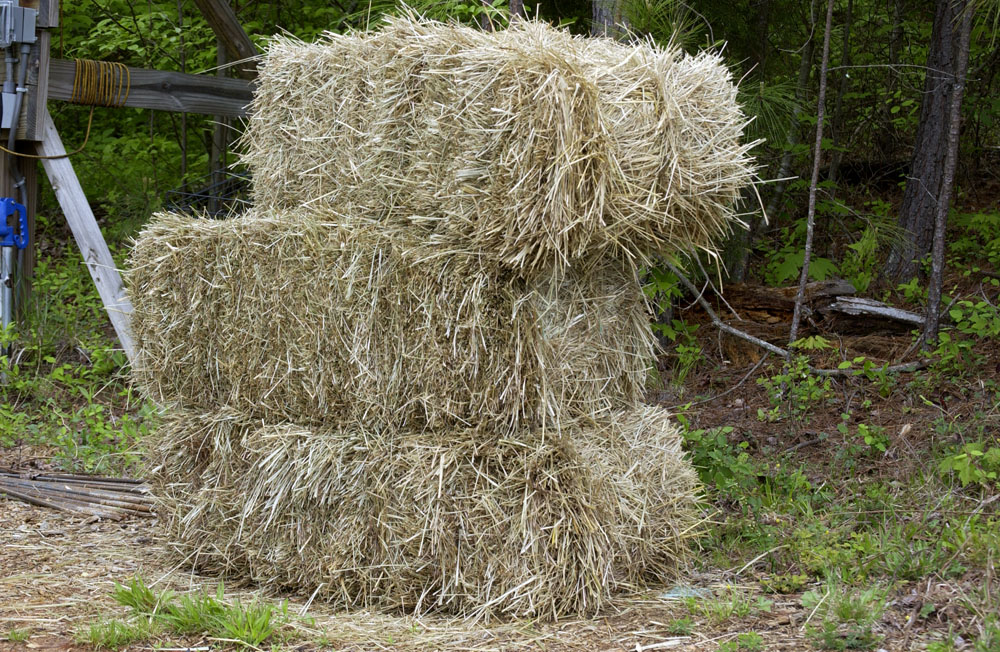
Hay for mulching. We’ve bought it from a farmer near Sandy Ridge for as low as $2 a bale.
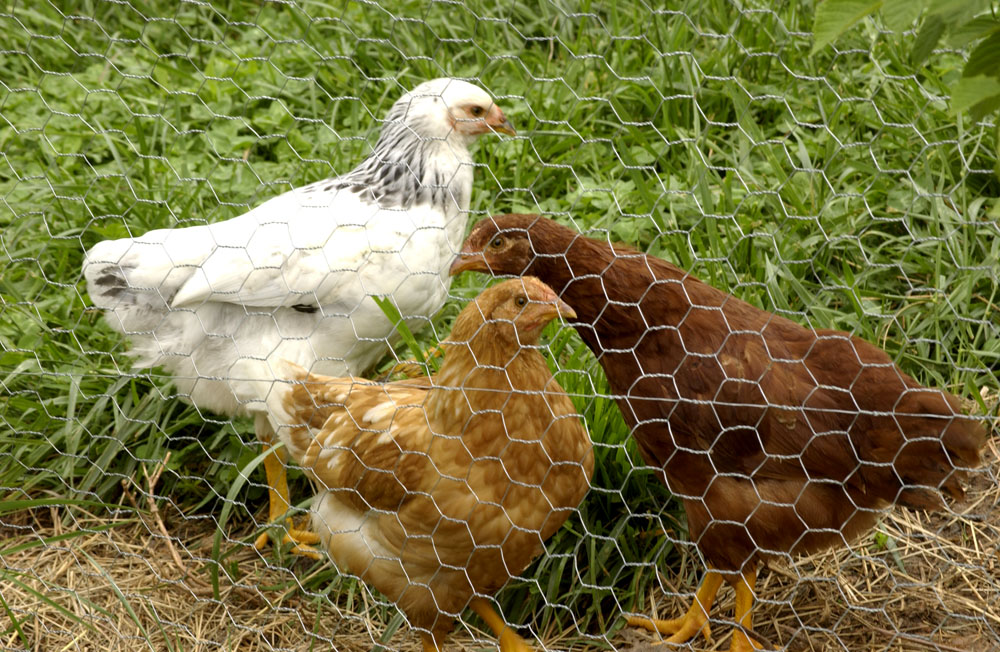
Marilyn, Bridget, and Sophia, the 2013 spring chickens. They’re thriving, and their voices are starting to change into hen sounds rather than cheeps. The abbey now has seven chickens.

Tiny apples. This is the apple trees’ fifth spring. This year, for the first time, they’ve prolifically set baby apples. I’m hoping for a real apple crop this year.


